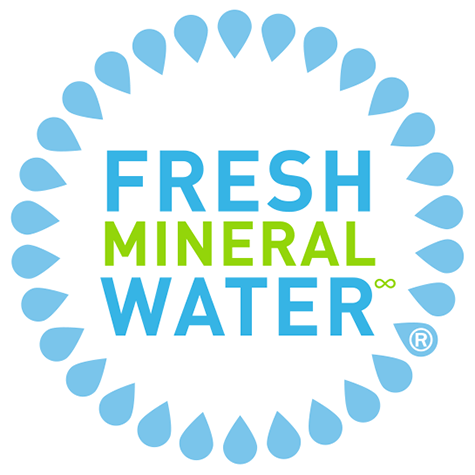AcidA chemical compound which releases hydrogen ions into water, decreasing pH. Products like muriatic acid or Sodium Bisulfate (pH minus, down or decreaser) are used to lower pH and Total Alkalinity in pool water.
Acid DemandThe amount of acid required to lower pH and Total Alkalinity of pool water to the correct level. Determined by the acid demand test.
Acid Demand TestA reagent test usually used in conjunction with a pH test to determine the amount of acid needed to lower pH and total alkalinity levels.
Acid RainPrecipitation having an unusually low pH value (4.5 or lower) caused by absorption of air polluted by sulfur dioxide, carbon dioxide and nitrous oxide.
AcidityThe state of being acidic (corrosive), as opposed to being alkaline, measuring below 7.0 (neutral) on the pH scale.
AcrylicA thermoplastic sheet formed into a mold to make a spa or related equipment. It is first heated then vacuumed onto the mold.
Aggressive WaterA description of unbalanced water that attacks and corrodes pool surfaces, fixtures and pipes.
Air BlowerA mechanical device that forces air through holes in the floor, bubbler ring or hydrotherapy jets in a spa.
Air Relieve ValveA brass or plastic manually operated valve located at the top of a tank for relieving the pressure inside and for removing the air inside (called bleeding). Also called a pressure relief valve.
AlgaeMicroscopic plant-like organisms containing chlorophyll that thrive in sunshine. They are present on vegetation, in the air, and in soils. Their microscopic spores are continually introduced into the pool by winds, dust storms, rain showers, etc. They grow rapidly in pool water when exposed to sunlight and temperatures above 40 degrees. If not controlled by chemical treatment, they form objectionable slime and odor, can interfere with proper filtration and greatly increase chlorine demand. Phosphates (fertilizers) in the water encourage their growth. There are 21,000 known species of algae. The most common pool types are black, blue-green, green and mustard (yellow or drawn). Pink or red-colored algae-like organisms exist but are bacteria and not algae. Yellow and black are hardest to kill. Maintaining proper sanitizer levels, shocking and superchlorination will help prevent its occurrence.
AlgaecideA chemical agent specifically designed and used to kill algae and prevent their recurrence.
AlkalineA condition when the water is above 7.0 on the pH scale.
AlkalinityThe amount of bicarbonate, carbonate and hydroxide compounds present in the water. Total Alkalinity is a measure of the water's ability to resist changes in pH. One of the basic water tests necessary to determine water balance.
AlumAn aluminum sulfate compound, commonly called Floc. Used to help clarify water. Causes small particles to join together so that they can be trapped in the filter. Alum lowers the pH of the water.
AmmoniaIntroduced into the water by swimmers as waste (perspiration, urine, etc.) or by other means. Quickly forms foul-smelling, body-irritating chloramines, a disabled less effective form of chlorine. See chloramines.
Anti-FoamA chemical added to the water to make the suds or foam go away. These products do not remove the source of the sudsing. Most often, the water must be drained and refilled to remove the soaps, oils and other causes of foaming. Shocking and superchlorination may help prevent foaming.
Ascorbic AcidA chemical compound used to remove iron stains from fiberglass and vinyl-liner pools.
Automatic Pool CleanerA pool maintenance system that will agitate or vacuum debris from the pool interior automatically.

